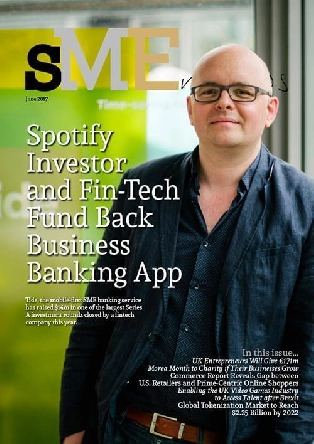
Did you know that 95% of the almost 30,000 products launched every year fail? That’s often because the idea behind them isn’t properly thought through or implemented.
It’s hard enough as it is for small and medium-sized enterprises and startups to get going as it is. But with the added current unfavourable economic conditions, it makes it even more difficult to succeed in business.
The deeper problem, however, is that many business owners and entrepreneurs try to run before they can walk. They are so concerned about securing the initial funding for their product that they miss the bigger picture at play.
Instead, they should be focusing their efforts on coming up with an award-winning concept that customers will want to buy. Once they have that initial idea in place, then they can expand upon and develop it into a tangible and real product.
Testing the market
As with launching anything, first you need to test the water to see if customers will be interested in it at all. Then you need to determine if there are enough of them that will buy it to make it a worthwhile venture.
A good place to start is by trying the product out on your friends or family to see what their reaction is. Your long-term customers may also be willing to give it a try, particularly if you incentivise them to try it out.
To get the most from your research, engage with them and seek feedback from them to see what they really think about your product. Ask their honest opinion about it, what the main flaws are and how they can be rectified. Get to the bottom of the problem, whether it’s the price point or key features of the product, and ensure that you fix it.
Reaching the customer
When pitching an idea, the best way to do it is as a Sellable Paper Product. The customer may not be able to feel and touch the product, but they can at least visualise what it will look like when it’s eventually made.
There are several ways of presenting your product. By far the most effective is face-to-face, where you can take your time to carefully explain all of its key features and benefits, gauge the customer’s response, allow them to ask questions and seek feedback from them.
The next best method is over the phone. By sticking to a well-rehearsed script, you can talk the customer through all of the main points that you want to get across about your product, explaining how it works in practice, what it costs, how they can obtain it and, most importantly, ask them if they would like to buy it.
Then there’s the written word. You can use a traditional leaflet or flyer that can be handed out or delivered straight to someone’s home, or digitally through an email marketing campaign or your website. The latter option is often more cost-effective, with plenty of free resources available online, as well as being able to reach a potentially wider customer base.
Widening the net
If your initial research has proven that there’s a market out there, then you need to open it up to a wider audience. Again, using a webpage or email is the most effective way of doing this.
Just as with coming up with and introducing the initial concept, there are ways to keep overheads down when launching your product. They include buying and branding a product or joining forces with another manufacturer to make it, thereby spreading the cost.
New product launches don’t have to cost millions and millions of pounds. They can be done on a shoestring. They just have to be well considered and properly tested first of all before launching them to the wider market.
Coming up with a good idea is a given if you’re an entrepreneur. It’s being able to follow through with that concept and make sure there’s a market for it where you will succeed or fail.
Jonas Angleflod, Group CEO at Theories Group, a startup accelerator on a mission to fund and build startups leveraging technology automating the monetisation of high-intent digital traffic using technology and AI.







